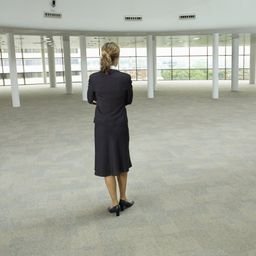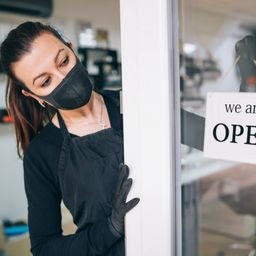Viewpoints
Industry insights, market outlook reports and commercial real estate
news, and trends from the Coldwell
Banker Commercial brand.
Here’s One Time Amazon Hasn’t Been “On Trend”
Amazon usually leads the way in many of these popular trends as a company, but not this time. It’s quite the opposite. The Amazon Blog recently announced its plans to create 3,500 new tech and corporate jobs, including leasing corporate space.
3 Upgrades Office Owners are Considering Right Now
Smart office owners are making the following upgrades to help make their buildings more attractive to tenants: Upgrades to HVAC Systems, Temperature Check Stations, and Lobby Storage Lockers.
3 Things Savvy Investors Should Know About Opportunity Zones
The Tax Cuts and Jobs Act, TCJA, is heralded for its unique ability to funnel billions of dollars into these struggling low-income communities. However, some question whether this program will add or detract value to the community in the long run.
Are Your Covid Precautions Up to Par?
To continue to operate businesses responsibly and reduce the impact of COVID-19 conditions as much as possible for employees, customers, and the public, all employers must develop a plan for COVID-19.
Doing Right: The Art of Building Community Through Real Estate and Public Art
On any given day, you see cars stopping across the street from 1717 Second Street in downtown Sarasota, Florida – people admiring new twin, 20-foot murals. The murals adorn the white stucco walls of the multi-tenant office building. Throughout the day, people take selfies with the vibrantly colored pop art honoring medical workers.
What Does Your Company’s Back-to-Business Plan Look Like?
As many states begin setting schedules for lifting their COVID-19-related shelter-in-place orders, businesses across the United States are starting to think about what that means for the company. Make no mistake: experts predict the world will never be the same again after this pandemic.
5 Video Conferencing Apps That are Now Household Names
If your organization is like most others, you have multiple team members in different locations or working remotely from home or another area. Whatever the case, these remote team members usually interact with your in-office employees, making it crucial to have systems in place to allow this communication.
Will COVID Precautions Become the New Tenant Amenity?
Since COVID-19 is spread largely by people coming into close contact with one another (within 6 feet), apartment buildings and multifamily dwellings are at higher risk, with an increased risk of an infected tenant unintentionally spreading the virus to neighbors and other residents. This phenomenon is known as community spread.
Managing Real Estate Expenses in the Coronavirus Economy
Real estate premise expenses can consume as much as 20% of revenue for many businesses, making it one of the top operating costs. It is therefore no surprise that in these times of uncertainty, tenants are looking for short-term liquidity from their long-term lease commitments.
Coldwell Banker Commercial National Real Estate Outlook 2020
2020 marks the start of a new year and, perhaps more excitingly, a new decade. And while economic and real estate cycles do not revolve around the calendar year – aside from any actions resulting from changes in calendar year tax policy – it is still a great time to reflect on what real estate decisions were successful and which may require rethinking in the year(s) ahead.









